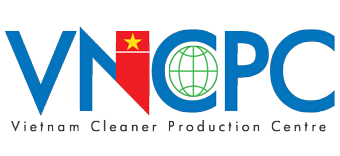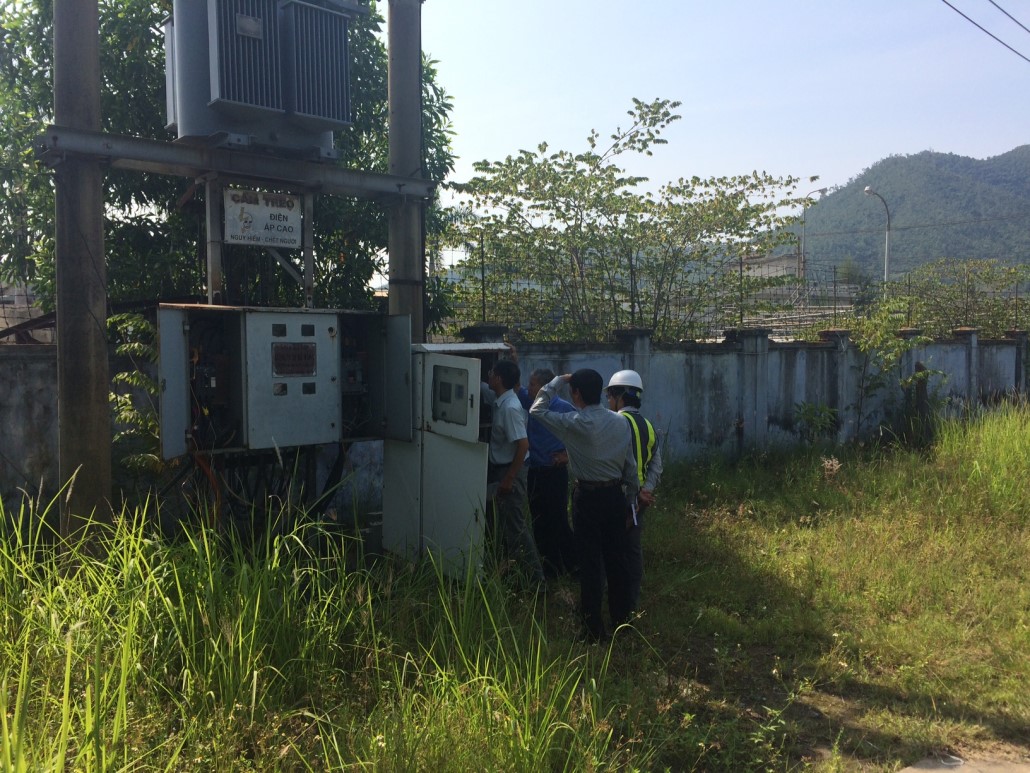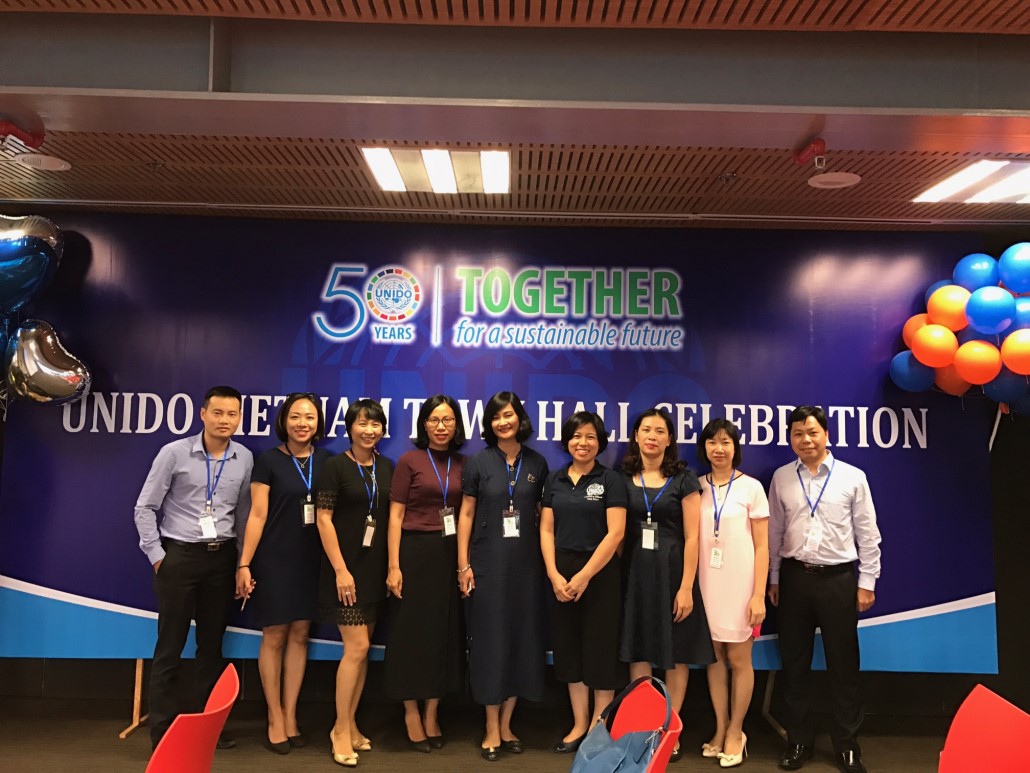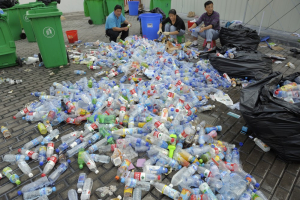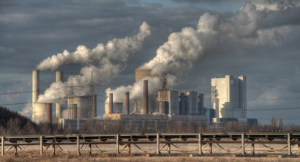VNCPC – A key factor in promoting application of resource efficient and cleaner production across Vietnam
In order to contribute to sustainable industrial development in the period of industrialization of Vietnam, 1998, United Nations Industrial Development Organization (UNIDO) and Ministry of Education and Training of Vietnam signed a MOU to implement projects “Vietnam Clean Production Centre” – VNCPC and “Promoting new services on cleaner production in Vietnam through VNCPC” with the financial support of State Secretariat for Economic Affairs.
The mission of VNCPC is to disseminate and promote the application of “Cleaner Production” (CP) concept into practical industries of Vietnam. In the projects, Ministry of Education and Training of Vietnam assigned Hanoi University of Science and Technology (HUST) to be leading partner and School of Environmental Science and Technology (INEST) to be implementing partner.
Throughout 20 years of operation, VNCPC has trained and nudged a network of CP experts, offered capacity building and technical support to more than 1000 factories. In addition, VNCPC in close collaboration with authorities under Ministry of Resources and Environment of Vietnam and Ministry of Industry and Trade of Vietnam has raised awareness on CP in industry, maintained National Roundtable on Sustainable Consumption and Production (SCP) and provided support to enterprises to achieve their objectives that were designed in the framework of projects in which they participated, especially the objectives relating to Cleaner Production Strategy in industry towards 2020.
In 2015, UNIDO and Ministry of Planning and Investment of Vietnam placed confidence in VNCPC to be consulting firm in Resource Efficient and Cleaner Production (RECP) within the project “Implementation of Eco-Industrial Park Initiative for Sustainable industrial zones in Vietnam” funded by Global Environment Fund and State Secretariat for Economic Affairs from 2015 to 2017. The role of VNCPC is to provide capacity building on RECP and RECP assessment instruction to enterprises in three industrial zones: Khanh Phu (Ninh Binh), Hoa Khanh (Da Nang) and Tra Noc 1&2 (Can Tho).
To carry out the mission, VNCPC has examined every enterprise’s condition then applied CP and RECP that have been summarized from practical demonstrations as well as the integration of CP and Energy Efficiency, Corporate Social Responsibility, Sustainable Consumption and Production, Sustainable Product Innovation lessons learnt from Vietnam and RECPnet by UNIDO-UNEP.
RECP programs that have been deployed in 23 enterprises from January to August 2016 have resulted in initial significant achievements in improving energy, water and material efficiency, which has contributed to bring about economic benefits and environmental impacts minimization.
VNCPC expert was conducting RECP assessment at company
Table on compact results of RECP program at enterprises in 3 target industrial zones of the project
| TT | KCN
Activities Solution |
Khanh Phu Industrial Park, Ninh Binh |
Hoa Khanh Industrial Park, Da Nang |
Tra Noc I & II Industrial Park, Can Tho
|
| 1 | Number of company |
7 |
6 |
10 |
| 2 | Number of trained staff |
33 |
35 |
39 |
| 3 | Number of RECP options |
125 |
92 |
185 |
| 4 | Number of investment project |
5 |
10 |
8 |
| 5 | Number of in progress project |
2 |
8 |
4 |
| 6 | Economic Benefits
(Exchange rate 1USD = 22,300 VND) |
Save 76.816 USD per year because of reduce coal, gas, water, electric energy consumption rate, 72,45% saving from electric energy. | Save 279.597 USD per year because of reduce coal, fire wood, materials, electric energy consumption rate,63% saving from electric energy. | Save 376.326 USD per year because of reduce water and electric energy consumption rate, 84% saving from electrical energy. |
| 7 | Environmental Benefits | Reduce CO2 emission: 726 ton per year | Reduce CO2 emission: 1.625 ton per year | Reduce CO2 emission: 2.458 ton per years |
According to VNCPC experts, loss of energy in productions at the enterprises is quite big. To address this, the enterprises should set high priority to implement solutions in regards of management and technology and machines innovation investment. These solutions are able to contribute to not only cut down production costs but also reduce environmental burdens and improve labors’ working conditions.
On the other hand, a good sign is that some of the enterprises have showed their commitments through actively investing in technology innovation towards cleaner production, which is a key to the success of the project.
By the practice of RECP assessment at the industrial zones, the enterprises are not only able to recognize their potentials to enhance production performance and environment protection but also provide base information of waste and exchange opportunities, circulating, recycling and reusing of waste. This is a good foundation for the development of eco-industrial zone models that are compatible with local natural and economic conditions and technical levels.
Industrial zones are considered as areas with variety of advantages for RECP replication into industry, helping disseminate about benefits of this approach and gradually enhance competitiveness of enterprises specifically and industrial zones generally. The approach, also, offers an opportunity to make a transition from conventional model of industrial zones to the eco-industrial zone model, which ensures sustainable economic growth of Vietnam industrial zones without compromising the quality of environment and society.
On the occasion of 50 years’ anniversary of UNIDO, VNCPC would like to express our gratitude to UNIDO for its remarkable cooperation with INEST, HUST throughout the mentioned projects and empowering VNCPC on our achievements today.
Ass.Prof Tran Van Nhan – Director of VNCPC Co.Ltd
Theo Admin vncpc.org
